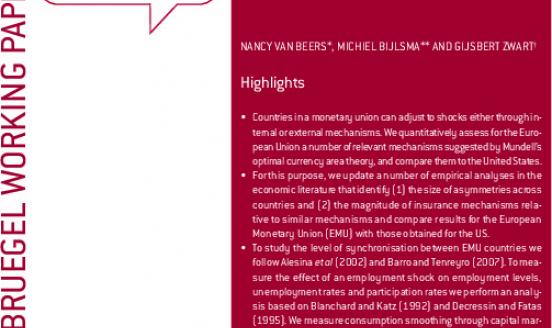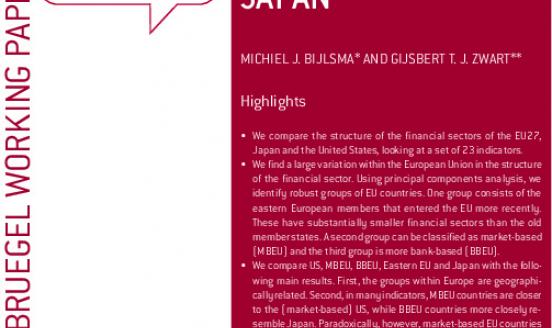No ringfencing makes sense, but don't take off the gloves - implementing the recommendations in the Liikanen report
Michel Barnier, European commissioner in charge of regulatory reform, has indicated implementation of the recommendations in the L
Michel Barnier, European commissioner in charge of regulatory reform, has indicated implementation of the recommendations in the Liikanen report will stop short of ringfencing certain bank activities. The argument is that this could undermine fragile European growth outlook. This viewpoint makes sense. The benefits of ringfencing are quite uncertain. Although economies of scale in banking may stop far below the size of the banking giant we see in everyday life, the presence of economies of scope is more likely. Ringfencing might kill those economies of scope.
There are, however, two additional arguments against ringfencing, as also noted in my previous post on the Liikanen report. First, the implementation of such regulation suffers heavily from information asymmetry. How can we decide what banking activities add real economic value and what banking activities are mere speculation? The boundary between these activities is a grey area. Regulators will face constant discussion on which side of the fence a particular transaction takes place. Second, ringfencing is not credible. When the activities of a systemic bank outside of the fence run into trouble, the risk of contagion of the ring-fenced part of that bank will be large. Authorities will most likely prevent such contagion by stopping the fire where it starts – namely outside the fence.
However, this step should not signal a lenient treatment of the European financial sector. Indeed, European banks still receive sizeable implicit subsidies through their implicit too-big-to-fail guarantees. As discussed by, e.g., Wouter den Haan already some time ago, these subsidies lower banks funding costs and distort the economy in several ways. They make financial services too cheap, resulting in oversized financial sectors. In addition, the implicit bailout guarantee results in incentives to take-on too much risk. Although they may generate substantial profits during normal times, oversized and risky financial sectors are very costly when crises occur. These costs are especially high when firms depend strongly on bank financing – as is the case in many European countries. This is the real problem the European Commission should acknowledge and tackle. The commission is taking steps in the right direction (the proposed bank recovery and resolution directive, the single supervisory mechanism, and the forthcoming proposal for a single resolution mechanism), but still has a long way ahead of it.

